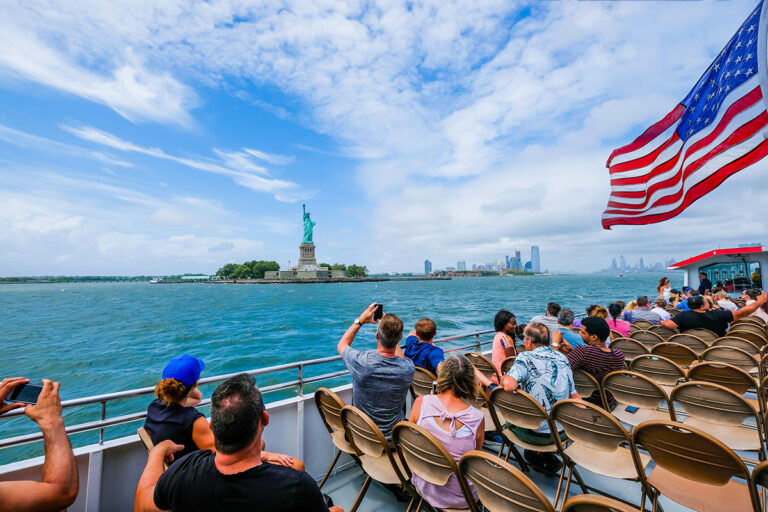The United States will begin trialling a controversial visa bond programme on August 20 that will require some travellers from countries with high overstay rates to pay refundable bonds of up to $15,000 as part of a 12-month pilot aimed at deterring visa violations.
According to an official notice published in the Federal Register, the pilot will apply to non-immigrant B-1 and B-2 visa applicants (covering business and tourism travel) from countries deemed to pose a higher risk of visitors overstaying their visas or lacking robust identity and security screening infrastructure.
US consular officers will have the discretion to impose bonds of $5,000, $10,000 or $15,000, with the $10,000 bond set as the expected default. These bonds will be fully refunded if travellers comply with their visa terms and depart the United States within the authorised timeframe.
“The pilot program is intended to test the operational feasibility of posting, processing, and refunding visa bonds,” the notice states, describing it as a mechanism to assess whether such financial requirements can effectively support compliance with immigration laws.
Country criteria and exemptions
Countries will be selected based on criteria including high visa overstay rates, screening and vetting deficiencies, risks associated with citizenship-by-investment schemes that do not require residency, and other foreign policy considerations.
While the Visa Waiver Program countries (such as the UK, EU members, Japan, and others) are exempt, the notice does not list specific targeted nations, noting instead that consular posts will receive guidance from the Department of State’s Bureau of Consular Affairs on which countries meet the criteria.
However, based on historical data and past US policies, likely affected countries include Chad, Eritrea, Haiti, Myanmar, Yemen, and various others in Africa, Asia, and the Caribbean.
Part of a broader immigration crackdown
The pilot revives and modifies a similar bond programme briefly introduced in November 2020 during President Donald Trump’s first term but never fully enacted due to the COVID-19 pandemic.
The current version aligns with Trump’s renewed focus on immigration enforcement and visa integrity following his return to office, and comes amid rising scrutiny of visitor overstay figures, which exceeded 500,000 suspected cases in 2023, according to Department of Homeland Security data.
The programme also coincides with a new $250 “visa integrity fee”, approved by Congress in July, which will be levied on most non-immigrant visa applicants from 1 October 2025. This separate charge is designed to offset the costs of immigration enforcement and is reimbursable if visa conditions are met.
Industry concerns over travel deterrence
While the Department of State said it could not estimate the exact number of applicants who may be subject to bonds, the US Travel Association projected that the programme could affect roughly 2,000 applicants, primarily from countries with relatively low travel volume.
“If implemented, the US will have one of the highest visitor visa fees in the world,” the association warned, citing concerns the measure could deter legitimate tourism and business travel.
The visa bond pilot will run through 20 August 2026, after which the government will assess its effectiveness and consider next steps, including potential expansion or permanent adoption.

